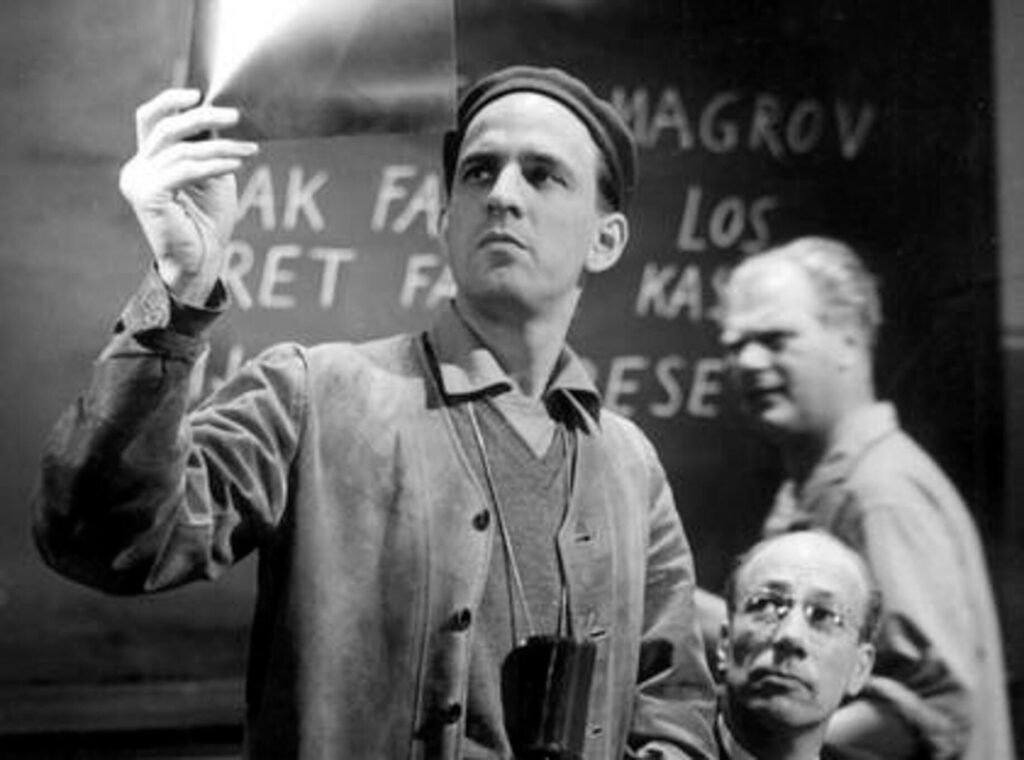For more than two hours, Quentin Tarantino’s Once Upon a Time… in Hollywood builds up to the Manson murders. Or rather, it seems to be building up to the Manson murders, but then takes a sharp turn on Cielo Drive; when the credits roll, the real-life killers are dead and the real-life victims alive. Such revisionist revenge is of a piece with other recent Tarantino pictures like Inglourious Basterds, which ends with the massacre of Hitler and Goebbels, among other Nazis, and Django Unchained, wherein the titular slave lays waste to the house of the master. Long well known for borrowing from other movies, Tarantino seems to have found just as rich a source of material in history books.
Once Upon a Time… in Hollywood “creates a new story using existing characters and situations, and many of them just happen to be real.” So says Kirby Ferguson in the video essay above, “Tarantino’s Copying: Then Vs. Now.” The film’s large cast of secondary characters includes such 1960s celebrities as Steve McQueen and Bruce Lee, as well as countless other figures recognizable mainly to the director’s fellow pop-culture obsessives.
Also portrayed is Charles Manson and the ragged young members of the “Manson Family” recruited to do his bidding, as well as are their intended victims of the night of August 8, 1969, most prominently the actress Sharon Tate. It is she, Ferguson argues, who ties together Once Upon a Time… in Hollywood’s various threads of fact and fiction.
Leonardo DiCaprio’s washed-up actor Rick Dalton and Brad Pitt’s blacklisted stuntman Cliff Booth, the film’s main characters, are wholly Tarantinian creations. 26 years old and pregnant with the child of her husband Roman Polanski (a version of whom also shows up in one scene), the rising Tate shares a métier with Dalton, and when the Manson family come for her in the film, they end up face-to-face with Booth (much to their misfortune), “but unlike both of them, she is a real person, and what is depicted of her is, broadly speaking, true.” Using these characters real and imagined, Tarantino “takes a dark, frightening, and just crushingly sad reality and gives it a happy ending with brutal retribution.” For all the postmodern borrowing and shuffled storytelling that launched him into Hollywood, the man knows how to give audiences just what they want — and somehow to surprise them even as he does it.
Related content:
A Deep Study of the Opening Scene of Quentin Tarantino’s Inglourious Basterds
How Quentin Tarantino Steals from Other Movies: A Video Essay
Quentin Tarantino’s Once Upon a Time… In Hollywood Examined on Pretty Much Pop #12
Based in Seoul, Colin Marshall writes and broadcasts on cities, language, and culture. His projects include the Substack newsletter Books on Cities, the book The Stateless City: a Walk through 21st-Century Los Angeles and the video series The City in Cinema. Follow him on Twitter at @colinmarshall or on Facebook.




